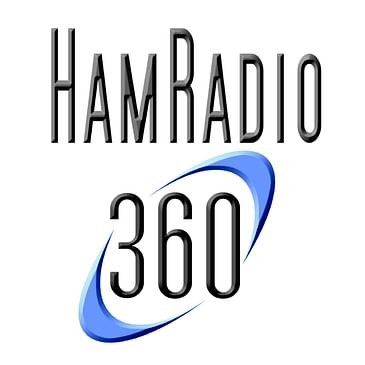The Salmi Brothers are back (don’t miss their initial interview) to teach us about their Educational Development Radio Company-Faraday RF and some of their Outer-Space Creations!
In this Nuts and Volts episode we get into the minds of Brent (KB1LQD) and Bryce (KB1LQC) as they break down the ins and outs of their Ham Radio venture. More than just building a SDR; Faraday RF looks to expand the hobby for tomorrows operators.
Join us as we pull back the veil and get a glimpse of the future…”Challenging the notion of making a contact”
Show Links and Mentions
Faraday RF Blog Posts:
What is MPPT? Maximum Power Point Tracking
Previous Podcast Episodes regarding AMSAT
Connect with the brothers:


